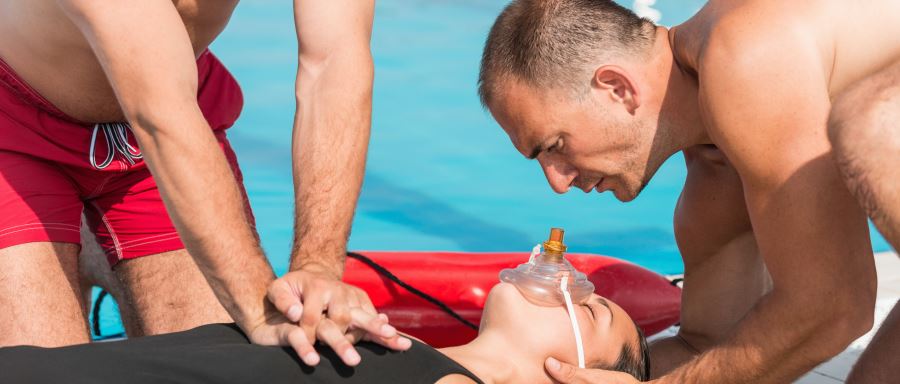
Once you’ve gained your Bronze Medallion or first-aid qualification, you’re equipped with the knowledge, skills and judgement to help those in need. Often at the scene of an incident however, there are many people who are willing and keen to help who just don’t know what to do. Can they still help?
The answer is, of course, yes, and you can help them by passing on the knowledge you have and having them help with these five all-important steps in treatment:
1. Call for help
You may be attending to the person in need and not have a phone on you. This is where your bystander comes in handy! Have them stay nearby you and call 000. Remind them to tell 000 details about the incident, including: what happened, who many people are involved, what treatment has already been given and where exactly you are.
2. Calm the patient’s friends or families
Whilst you attend to the person in need, their family or friends with them at the time may appear distressed or panicked. Ask your bystander to help calm and reassure their family or friends, whilst removing them from the scene if possible. The family or friends are likely to have been at the scene of the incident when it happened too, so your bystander can ask them for further details about what happened and when. This will be of assistance to emergency services when they arrive.
3. Remove any dangers
Before attending to the patient, it is important to check for danger to yourself, others and the patient. However, whilst treating the patient, more dangers can often arise. If safe to do so, have your bystander remove any dangers that may be present, this may include broken glass or other people.
4. Record information
Having a written record of everything that has happened is a very helpful thing to do. Your bystander can write down simple things such as the time the event occurred, what signs and symptoms the patient may have and any prior medical concerns or illnesses they may have noted. This ensures that any emergency services called to the scene are equipped with as much as information as possible.
5. Stock up on water or medical needs
The bystander is a great person to ask to source things that you may need but don’t have on you. This can be as simple as retrieving some water to keep the patient hydrated, a towel or jacket to keep them warm or shaded or even their own medication which may not be nearby.
These may be simple, but they are all great things you can have those nearby help with, when you may be occupied helping the person in need. Remember, everybody can be a lifesaver.